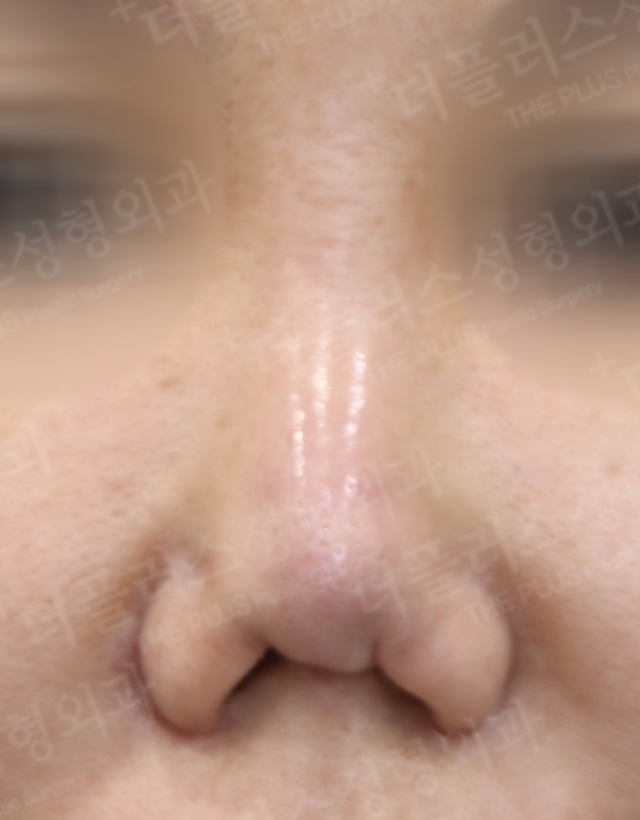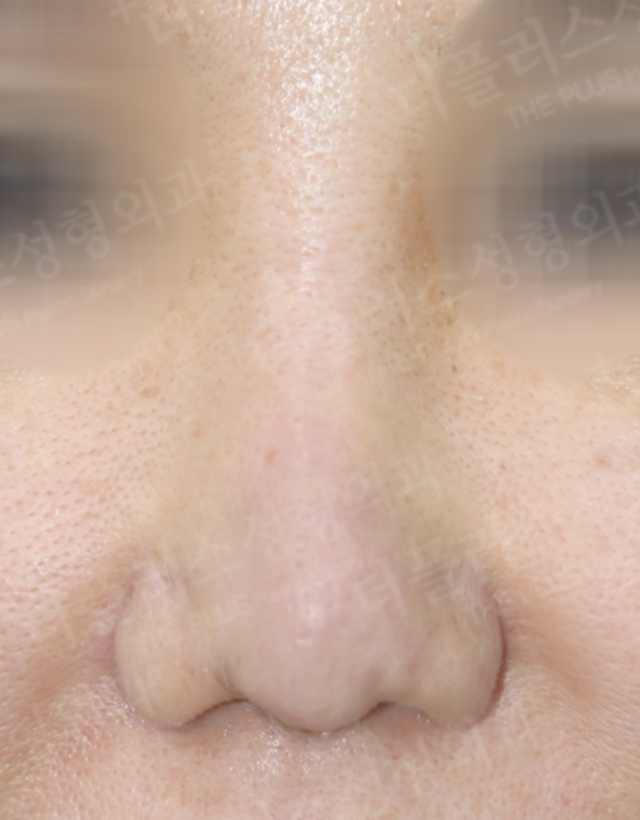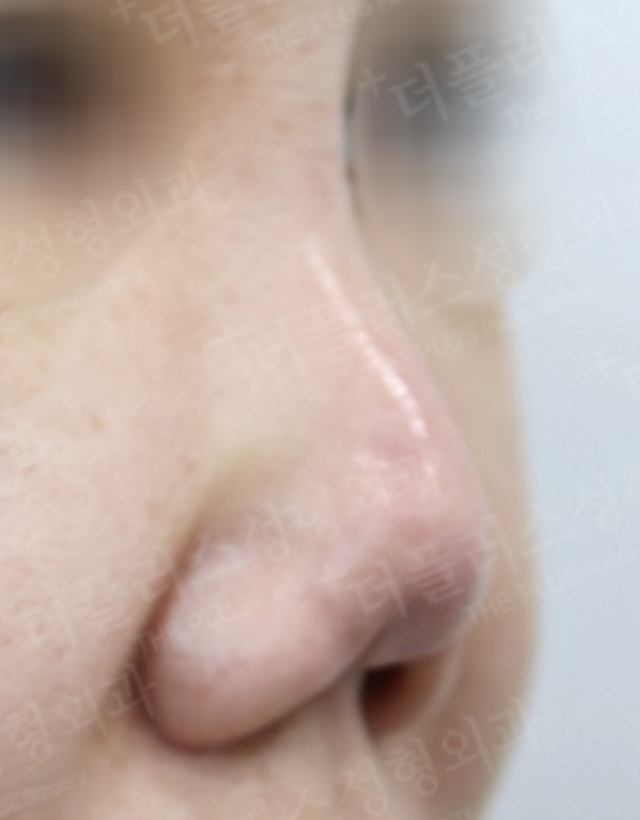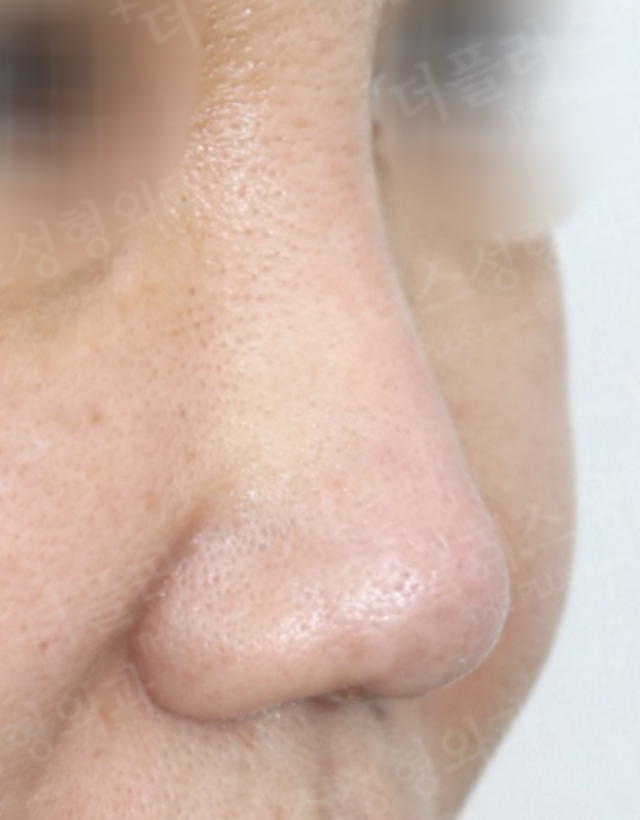THE PLUS RHINOPLASTY IN KOREA
One-Stage/Multi-Stage Reconstructive Rhinoplasty in Korea


THE PLUS RHINOPLASTY IN KOREA
One-Stage/Multi-Stage Reconstructive Rhinoplasty in Korea
the plus rhinoplasty in Korea
One-Stage/Multi-Stage Reconstructive Rhinoplasty
Traditionally, most nose reconstruction surgeries involve removing implants from patients with severe issues and then performing surgery after a waiting period of 6 months to 1 year. However, the decision to opt for a one-stage surgery or a multi stage surgery depends on various factors, including the type of complications. It’s often confusing due to the ambiguous classification and indications. In most cases, multi-stage surgery is performed when there is inflammation or poor blood circulation in the skin flap. Therefore, the choice between step-by-step surgery or immediate one-time surgery is a complex issue for both patients and doctors. The probability of success is relatively high when the surgery is performed by a medical team with extensive experience and proficiency in nose reconstruction surgery.
Considerations During One-Stage/Multi-Stage Rhinoplasty
- Hydro dissection using local anesthesia: During reoperation, where normal anatomical structures are hard to distinguish due to scars and contractions, the surgery’s outcome heavily depends on the the local anesthesia stage.
- Selection of the columella incision line: The scar shape from the previous surgery varies greatly, necessitating careful observation and medical history investigation. The wrong choice of incision line can cause problems such as skin flap scarring, delayed wound healing, and tissue construction, making the incision line choice crucial in reoperation.
- Careful manipulation of skin tissue: Unlike in the first surgery, careless or excessive manipulation can cause skin damage, leading to delayed wound healing or construction after surgery. Therefore, more careful manipulation is needed.
- Surgical approach: As it is a reoperation, the anatomical structure is twisted and deformed. It is important to secure a safe skin flap, separate the scar tissue and normal tissue safely, and secure a healthy flap.
- Selection of appropriate graft: It is important to check how much cartilage was used using a thorough medical history investigation before surgery and to conduct a direct physical examination to confirm as much as possible whether the actual cartilage was used.
- Selection of implant or autologous tissue: During reoperation, there are cases where it is possible to use an implant, but it cannot be used it due to unexpected variables during surgery. Therefore autologous (one’s own) tissue is used instead.
Before and After One-Stage/Multi-Stage Rhinoplasty
Case 1: One-Stage Rhinoplasty
Patient Information: A woman in her late 20s visited the clinic with a too narrow and high nasal bridge, visibility of the implant, and excessive protrusion and deviation of the nasal tip. She had a history of two nose surgeries, one was an open approach and the other was an intranasal approach. The patient’s nasal skin was quite thin.
Surgery Plan:
- Reduce the overall height of the nose and shorten the length.
- Correct the displacement and visibility of the nasal tip.
- Supplement the thinned nasal bridge or visible skin (considered using deep temporal fascia etc.).
Before

After

Case 2: Multi-Stage Rhinoplasty
Patient Information: The patient has a collapsed nasal tip due to multiple surgeries.
Surgery Plan:
- Fill the insufficient skin tissue with the septal cartilage during the first surgery on the nasal tip.
- After the blood circulation has improved, perform a second surgery to correct the insufficient tissue in the nasal tip with a composite graft.

① Before surgery ② Multi-Stage Rhinoplasty (1st Surgery ) ③ Immediately after Multi-Stage Rhinoplasty (2nd surgery) ④ Final Result
Before and After Photos of Multi-stage Rhinoplasty:




See more before and after surgery photos.
View the research papers from The Plus Plastic Surgery medical team.
Frequently Asked Questions
What factors determine the choice between one-stage and multi-stage rhinoplasty at THE PLUS PS in Korea?
The decision between one-stage and multi-stage rhinoplasty at THE PLUS PS in Gangnam, Korea, depends on various factors, including the severity and type of complications such as inflammation and blood circulation issues in the skin flap, as well as the patient’s medical history and skin condition. This choice involves careful consideration by experienced surgeons to ensure the most effective treatment plan.
Is rhinoplasty in Gangnam suitable for someone who has had previous nasal surgeries?
Yes, THE PLUS PS in Gangnam, Korea, offers rhinoplasty procedures suitable for patients who have undergone previous nasal surgeries. With expertise in handling complex cases, including those involving visible implants and nasal asymmetry, the clinic provides tailored solutions such as multi-stage rhinoplasty to address complications and achieve desired results.
How can patients assess the success probability of rhinoplasty at THE PLUS PS?
Patients can assess the success probability of rhinoplasty at THE PLUS PS by considering the experience and expertise of the medical team, reviewing before and after photos of similar cases, and consulting on individual needs during the initial evaluation. This reassures patients of informed surgical decisions, especially for complex reconstructive surgeries.
